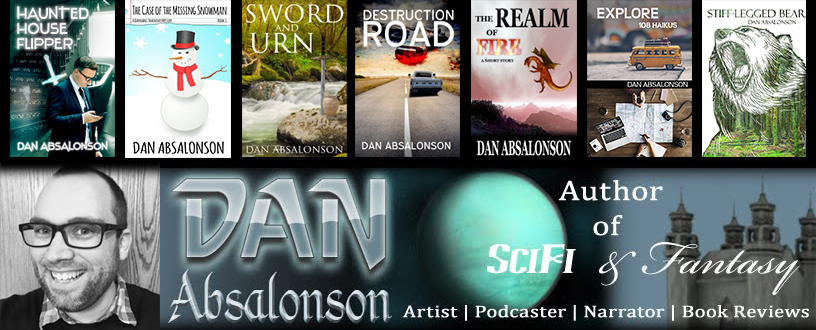For decades, the undoubtable influence of Star Wars has reigned true in all aspects of the science fiction genre and community. From the first viewing of the original film in May 1977, through the subsequent five films that span the decades in between and the many spin-offs in cartoons, graphic novels, and literary materials, fans have been hooked. And now, nearly 40 years later, we are once again enamored with the latest installment in the juggernaut, Star Wars: The Force Awakens.
This new film is set approximately 30 years after the events in The Return of the Jedi and centers on the search for the missing and last Jedi, Luke Skywalker, and the race between who can find him first: the Resistance lead by General Leia Organa or the First Order, whose commander Kylo Ren is a mysterious and emotional new villain. The light side has its own array of new characters as well, with former stormtrooper Finn and desert scavenger Rey. However, both of these characters’ backgrounds still remain a mystery, although there is much speculation about their origins from fans all over the world. We are also treated to familiar faces Chewbacca and Han Solo throughout the journey as well as new face and best pilot in the galaxy, Poe Dameron and his best droid friend, BB-8.
The Force Awakens is a successful blending of the old and the new, with familiar allusions to the older films and cheesy sweeping scene transitions in addition to these new and already lovable characters and subtle, simple humor. In many ways, this film could also be interpreted as a reboot of the original series, with a whole new story. It seems the torch has been successfully passed to the next generation of both characters and fans, proving that the relinquishing of creative control by original creator George Lucas was a wise move indeed.
In this latest project within the Star Wars universe, producer and director J.J. Abrams also helped write portions of the screenplay and chose to take the franchise somewhat back to its practical effects roots. Listening to critics and fans alike in their displeasure with the amount of CGI used in the prequel series, Abrams and company successfully mixed CGI in when necessary but relied on practical makeup and effects whenever possible.
The team once again turned to composer John Williams, whose mile-long and very impressive resume includes the musical scores for the three movies in the original series, including the now iconic opening Star Wars theme music. At the age of 83 and with a career spanning nearly 60 years in the business, his legacy will likely live on long after his demise, although here’s hoping we won’t have to play witness to that event any time soon.
Without going into too many details, this latest Star Wars film validated some of the predictions of fans leading into it, particularly in the area of familial ties. However, it also left some questions unanswered, presumably to explore further in the next two films expected to be made in this newly planned trilogy. While we wait for these further answers, many will likely indulge in viewing this newest film several more times, and we can also catch many of the spin offs, including Star Wars: Droid Tales and Star Wars Rebels through Disney XD and DirecTV. In the meantime, it seems the Star Wars universe is alive and thriving, with many more years of life in it yet.
This awesome article was written by Maria Jane. Click on the label Maria Jane below to find more articles on this website written by her.




No comments:
Post a Comment